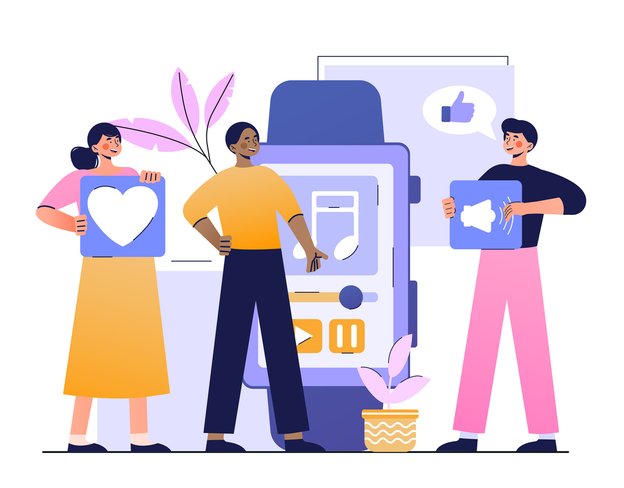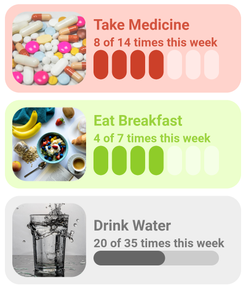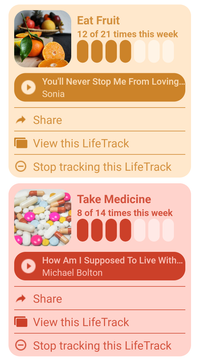
Add a task
Add an image
Add a song
Add a time/date
Music has a greater access to our brain than any other stimulus in our lives. In fact, music accesses five areas of the brain, where other stimuli only activate one or two! We are not sure why, perhaps it is evolutionary; maybe we are successful group animals because of our inherent musicality, perhaps our musicality is a result of humans living in groups? Either way, our affinity to music can be a powerful tool in supporting and stimulating our wellbeing.
We know that songs can evoke a powerful emotive response and trigger strong memories. With a greater understanding of neurology and brain structure, it is now believed that memories are not stored in one place in the brain, but that memory is a brain-wide process in which several areas work in conjunction with each other, sometimes referred to as distributed processing. When a memory is recalled, the imagery, sounds, smells, words and emotions associated are encoded in the same parts of the brain as they were when initially formed and stored. The visual cortex, motor cortex, language area, and then the recall of that memory itself effectively reactivate the neural patterns generated during the original encoding process. This process of storing memories in different areas of the brain may point to the reason why music can unlock them even after the brain is under cognitive stress. If listening to music triggers five neural pathways as opposed to one or two, there are more chances for the brain to recall a memory that relates to this music.


We know that songs can evoke a powerful emotive response and trigger strong memories. With a greater understanding of neurology and brain structure, it is now believed that memories are not stored in one place in the brain, but that memory is a brain-wide process in which several areas work in conjunction with each other, sometimes referred to as distributed processing. When a memory is recalled, the imagery, sounds, smells, words and emotions associated are encoded in the same parts of the brain as they were when initially formed and stored. The visual cortex, motor cortex, language area, and then the recall of that memory itself effectively reactivate the neural patterns generated during the original encoding process. This process of storing memories in different areas of the brain may point to the reason why music can unlock them even after the brain is under cognitive stress. If listening to music triggers five neural pathways as opposed to one or two, there are more chances for the brain to recall a memory that relates to this music.
Songs we hear when we are very young, when our brains are developing, and when we are discovering the world around us, become deeply held in our memory. These songs will probably have been heard many times, and often become associated with formative times in our lives. The LifeTracks platform leverages this powerful song-association and uses it to prompt us to carry out pre-selected tasks or goals. The LifeTrack song is able to ‘cut-through’ the clutter and ‘noise’ in our lives and help us recall the task, and get it completed. It also has the impact of raising our mood and helping us feel a sense of self.
We hope that by using LifeTracks people can achieve better routines, support healthier behaviours, and get more out of each day. This is particularly important for people living with cognitive diversity, with ADHD, Autism, depression or with other challenges. Let us know how we can help!
Tracking helps you see how you are doing, and encourages you to keep going
SEQUENTIAL TRACKING

PROGRESS THIS WEEK

LONG-TERM TRACKING
LIFETRACK VIEW

COPYRIGHT MEMORY TRACKS © ALL RIGHTS RESERVED